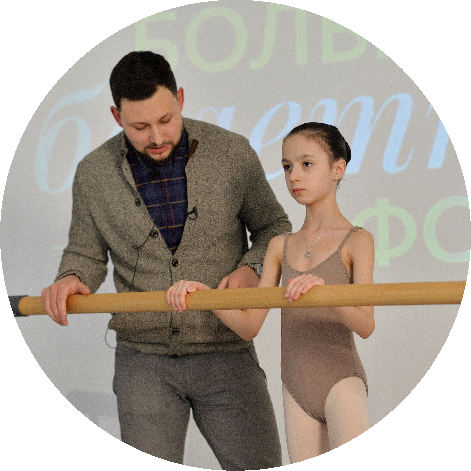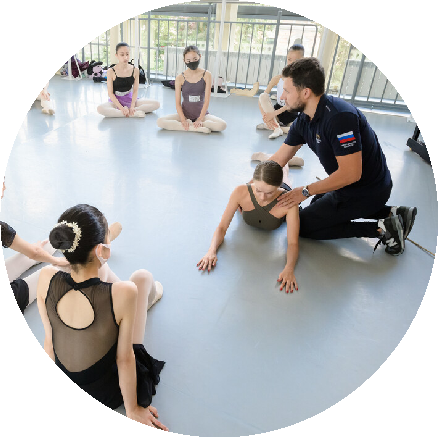is an opportunity to keep your health in movement
HEALMO -
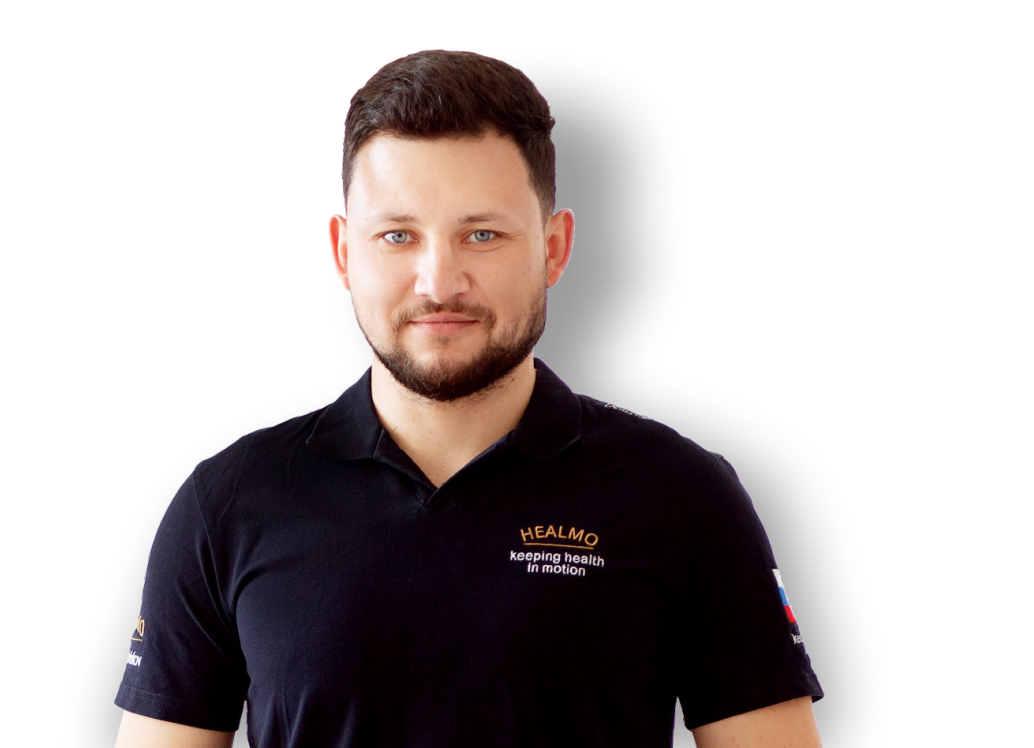




Regular intensive training leaves an imprint on the physical health, especially of children, but its negative impact can be minimized.
You will learn about the specificity of physical exercises, ways to stay healthy, how to prevent ballet injuries and much more from HEALMO.
We know the nature of the human body and understand that it cannot be changed by force, therefore the entire methodology is built on learning to use one’s potential, the development of the data of a specific person, and all the brand’s products emphasize this.
Movement is something that can change our brain, but movement must be biochemically safe, otherwise we form the wrong habit, which leads to injury and forced limitation of mobility.
HEALMO will not allow this!
HEALMO will not allow this!
Main directions
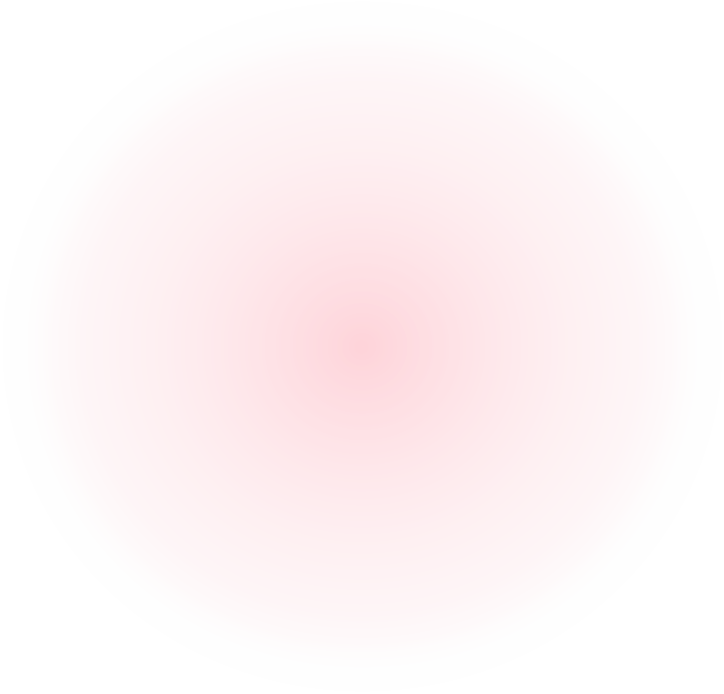
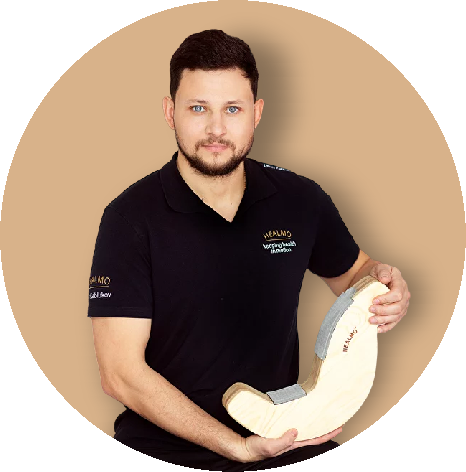
Let's talk with the founder of the brand Denis Kablukov
In a short interview he will answer the most frequently asked questions:
I see the goal of my work as creating conditions for normal physical development in ballet and aesthetic forms. The instruments we make are 100% safe and the techniques proposed for them develop the dancer’s body. They develop, and do not forcibly change.
HEALMO is about adequate development without negative health consequences.
HEALMO is about adequate development without negative health consequences.
It depends on what the end goal is.
It is strictly not recommended to subject your body to the same loads that are offered to children with existing ballet abilities. Each individual child must be developed taking into account its structural characteristics. The choreographic load is ideal from the point of view of body development and can be adapted to various initial data.
Professionals do one thing - the data allows them, and others do something else. The formation of a ballet pose occurs through repetition and does not require 100% inversion, step, and so on.
It is strictly not recommended to subject your body to the same loads that are offered to children with existing ballet abilities. Each individual child must be developed taking into account its structural characteristics. The choreographic load is ideal from the point of view of body development and can be adapted to various initial data.
Professionals do one thing - the data allows them, and others do something else. The formation of a ballet pose occurs through repetition and does not require 100% inversion, step, and so on.
Having initially different anatomy, children cannot move in the same way. But even if children have a similar anatomy, they can also move differently. It depends on individual motor experience, on learning. Often, having brilliant data, children do not use them, they simply do not know how.
They don’t know how to turn their legs in PLIE, but simply squeeze their buttocks; they don’t know how to extend their feet, but simply squeeze their toes.
They can't do it because they haven't learned this amplitude. Just having good data is not enough, you need to know how to use it.
This is data development.
They don’t know how to turn their legs in PLIE, but simply squeeze their buttocks; they don’t know how to extend their feet, but simply squeeze their toes.
They can't do it because they haven't learned this amplitude. Just having good data is not enough, you need to know how to use it.
This is data development.
I think it all depends on the approach to physical development. All children are different.
Certain children are selected for professional physical activity, primarily those with suitable anatomy, that is, those children whose bodies are designed for this. This includes turnout, step, and foot. therefore, the professionalism of a trainer lies in the ability to see this and select a training program that will specifically develop the body, and not try to change the anatomy.
And this will be the preservation of physical health. adequate development will not harm the body created for this.
And the opposite, promising to get the biggest lifts to a person who does not have them anatomically, will be a big mistake, since using methods of force on the structure of the body can only damage them.
Certain children are selected for professional physical activity, primarily those with suitable anatomy, that is, those children whose bodies are designed for this. This includes turnout, step, and foot. therefore, the professionalism of a trainer lies in the ability to see this and select a training program that will specifically develop the body, and not try to change the anatomy.
And this will be the preservation of physical health. adequate development will not harm the body created for this.
And the opposite, promising to get the biggest lifts to a person who does not have them anatomically, will be a big mistake, since using methods of force on the structure of the body can only damage them.
For the most part, our programs are aimed at maintaining the physical health of those involved. Of course, this is only possible through the selection of exercises and adaptation of the program to the characteristics of the skeleton.
Studying at the academy will allow you to look at the problem more broadly. See what characteristics children have and how to work with them. Everyone in their practice has met very flexible children and inflexible children. They are different. Their physical abilities need to be developed in different ways.
A flexible child does not need to be made infinitely flexible; this type of structure has something to work on. Just like muscular children, they will never become as flexible as children who are prone to this, and trying to achieve the same indicators will only lead to injury.
Studying at the academy will allow you to look at the problem more broadly. See what characteristics children have and how to work with them. Everyone in their practice has met very flexible children and inflexible children. They are different. Their physical abilities need to be developed in different ways.
A flexible child does not need to be made infinitely flexible; this type of structure has something to work on. Just like muscular children, they will never become as flexible as children who are prone to this, and trying to achieve the same indicators will only lead to injury.
HEALMO simulators will help you learn. They will not change the original anatomy, but with the help of simulators you can learn to use it with the least loss.
When developing simulators, each problem was studied very deeply and ways to solve it were determined. We use about 10% of our brain power consciously. Most of it functions subconsciously - these are reflexes, automatisms, instincts. We invent exercise machines and develop techniques for using them in such a way as to engage more than that 10% of the conscious part of the brain. Therefore, using our simulators you can safely develop your physical abilities.
When developing simulators, each problem was studied very deeply and ways to solve it were determined. We use about 10% of our brain power consciously. Most of it functions subconsciously - these are reflexes, automatisms, instincts. We invent exercise machines and develop techniques for using them in such a way as to engage more than that 10% of the conscious part of the brain. Therefore, using our simulators you can safely develop your physical abilities.
I think this is due to an overabundance of easy information in the public domain. To understand the structure of the body and its processes, you need to spend a lot of time studying complex textbooks, atlases, and so on. It’s much easier to look up some interesting exercise online and repeat it.
But often there is no rationale behind such exercises. Behind the simplicity there are big consequences for the health of those involved.
In part, this prompted me to create an online academy, where I explain basic things about the structure and function of the human body in a structured, simple language. Knowing this, choosing a truly effective exercise will not be difficult.
But often there is no rationale behind such exercises. Behind the simplicity there are big consequences for the health of those involved.
In part, this prompted me to create an online academy, where I explain basic things about the structure and function of the human body in a structured, simple language. Knowing this, choosing a truly effective exercise will not be difficult.
Uniqueness lies in their form and method of use. The simulators themselves only create conditions for performing basic movements on them, but taking into account safety requirements. Thanks to its shape, the ankle development machine helps place the foot so that the toes are in a state of passive extension throughout the entire movement - this will allow the plantar aponeurosis to be stretched, which will make the arch a little higher, that is, the ballet lift will be more pronounced. By maintaining such an arch when performing movements in the ankle joint, a habit is formed. The foot will change because the conditions for change have been made, and not because it is forcibly broken - this is health saving.
The stretching machine, due to its shape, helps to use short levers for stretching - this solves the eternal problem of uneven splits when the pelvis turns behind an unstretched muscle.
This happens because the muscle is not an elastic band and does not stretch. You can safely stretch a muscle using reflexes. By performing simple exercises on the machine, greater brain power is used, which will make the stretching process more effective.
The stretching machine, due to its shape, helps to use short levers for stretching - this solves the eternal problem of uneven splits when the pelvis turns behind an unstretched muscle.
This happens because the muscle is not an elastic band and does not stretch. You can safely stretch a muscle using reflexes. By performing simple exercises on the machine, greater brain power is used, which will make the stretching process more effective.
Denis, thank you for this work, it’s wonderful
that there are people who help coaches and choreographers monitor the health of their children.
that there are people who help coaches and choreographers monitor the health of their children.
Gallery



